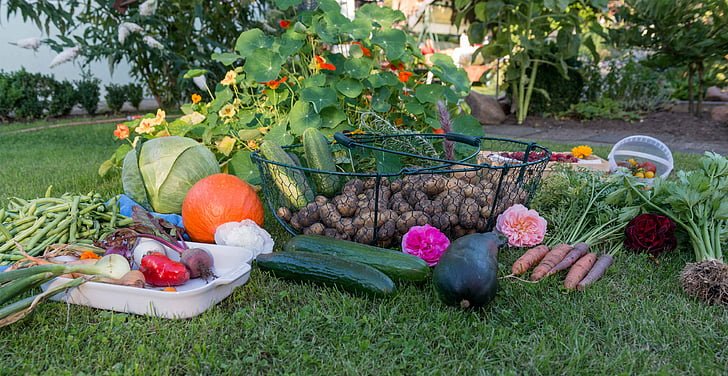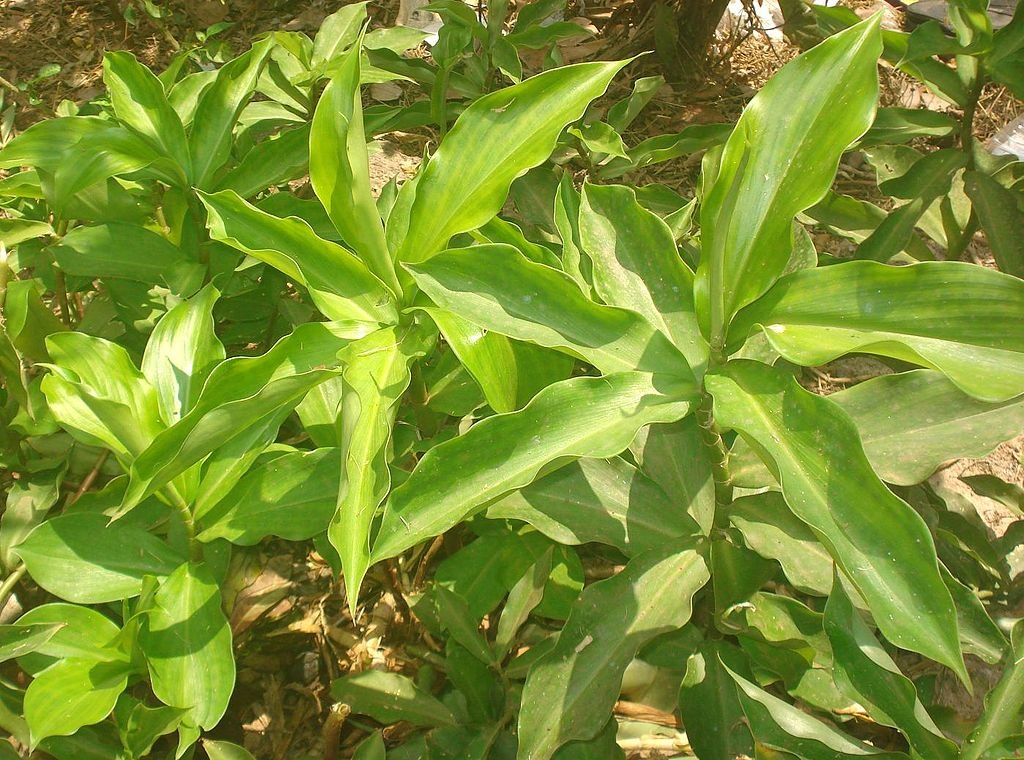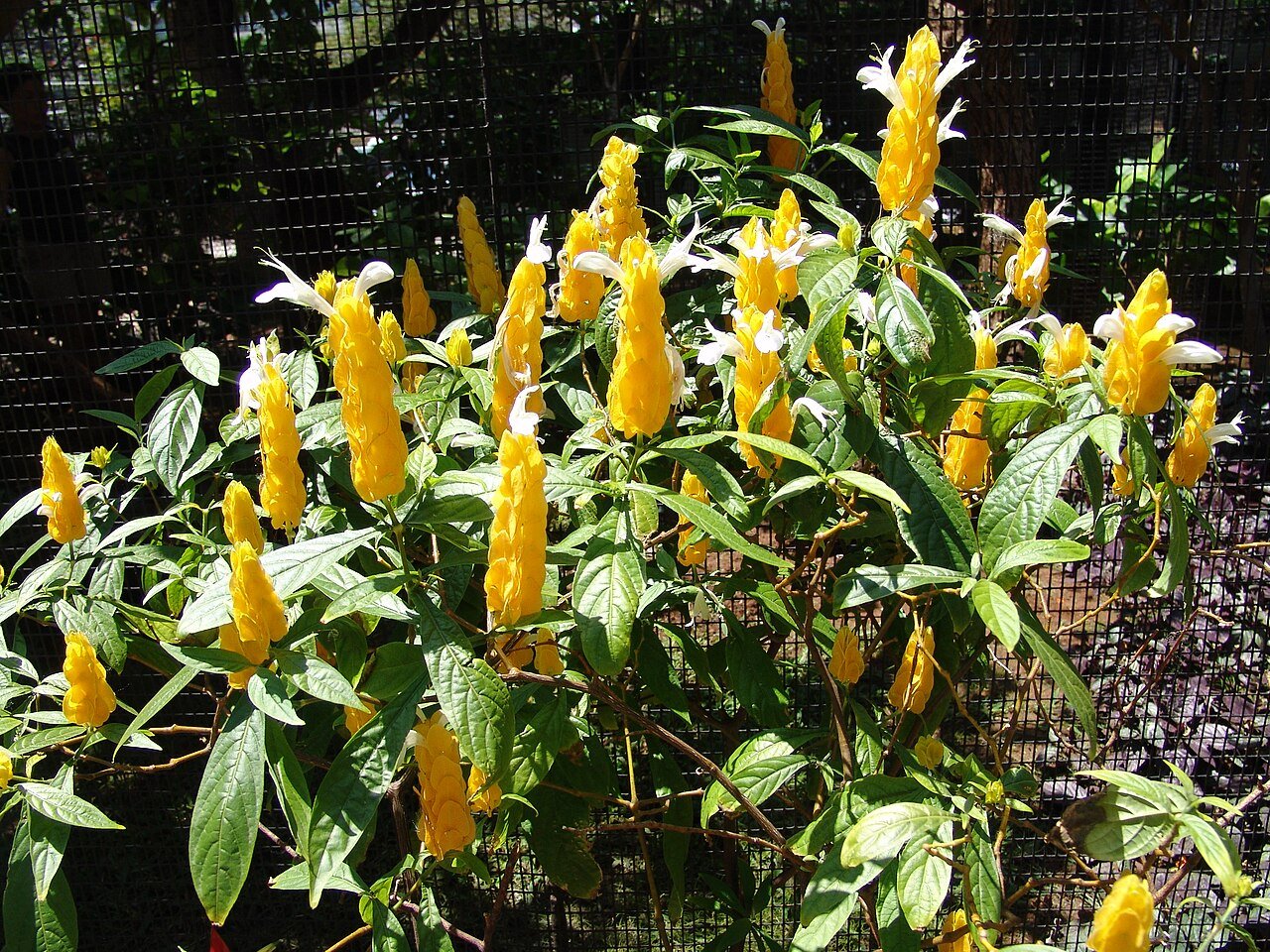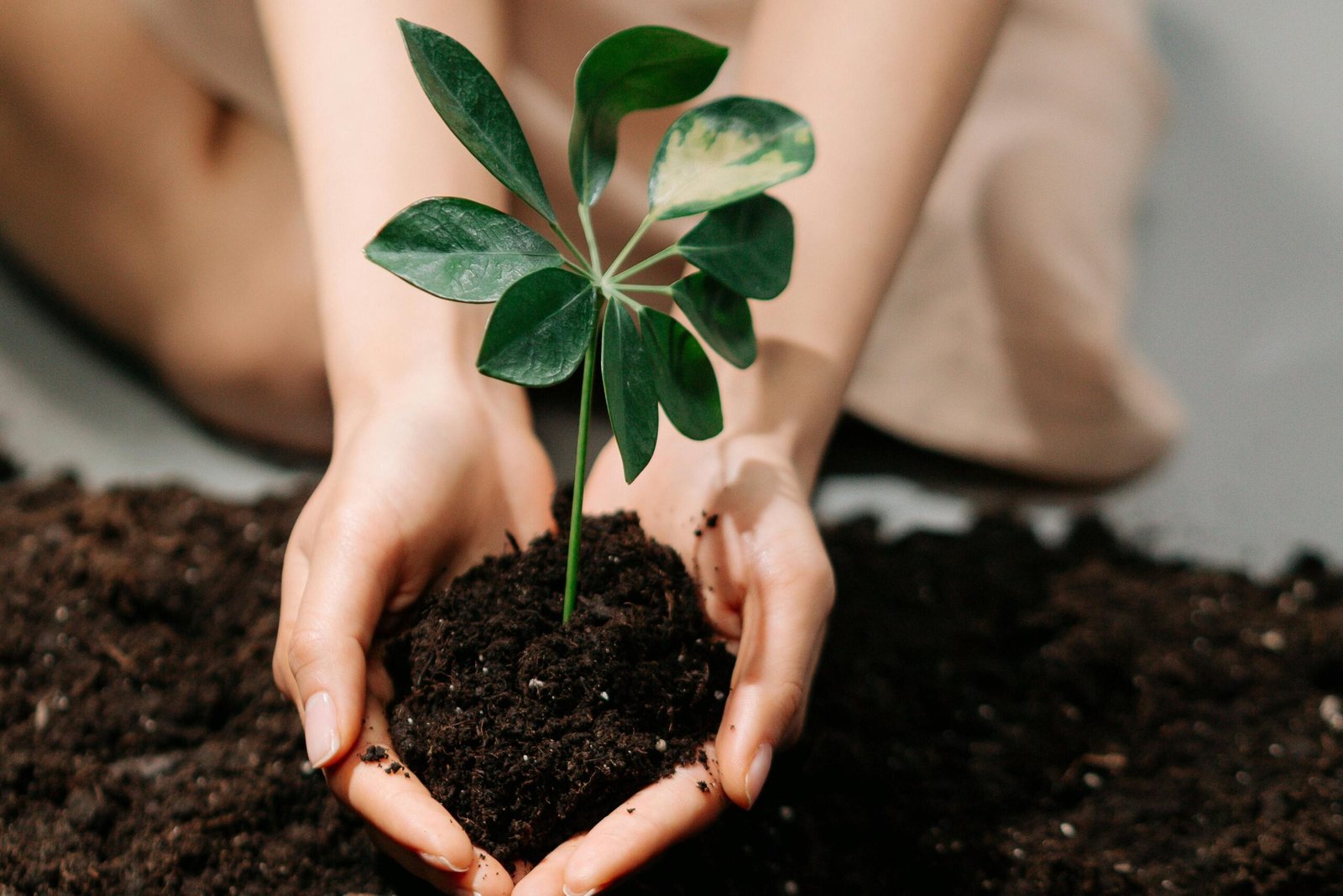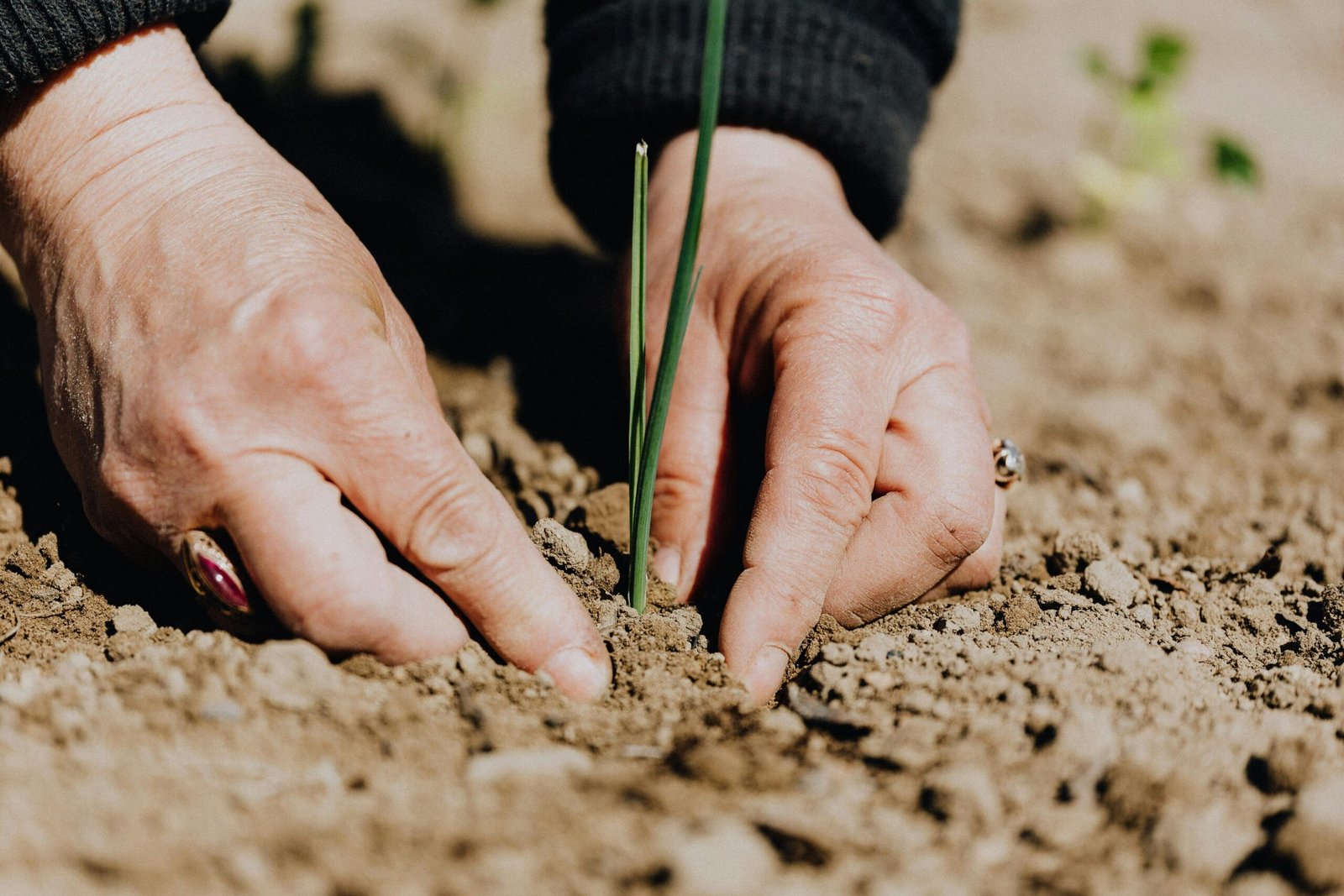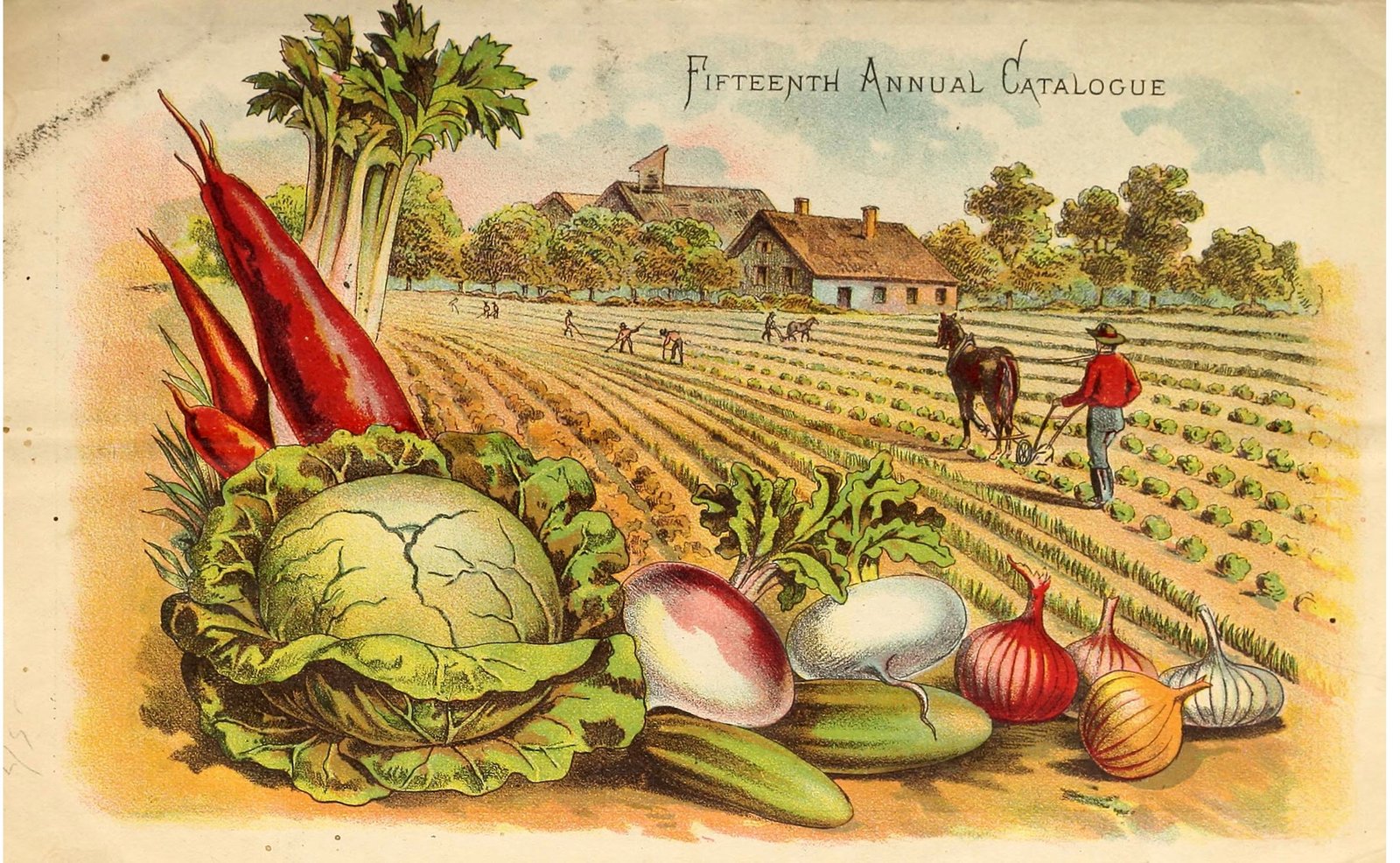Creating a flourishing home garden is rewarding, but its success often hinges on the foundation beneath the surface – the soil. To set your garden up for triumph, it’s crucial to understand the composition of your soil and its specific characteristics. This is where a soil testing kit comes into play, serving as an essential tool to assess various factors, including the all-important soil pH level. In this guide, we’ll delve into the significance of soil testing and how it can empower you to make informed decisions for your home garden’s health and vitality.
Table of Contents
What are the different types of soil?
A diverse array of soil types emerges in soil classification, primarily differentiated by particle size and composition ratios. Texture-wise, the triumvirate comprises Sand, Loamy, and Clay soils.
Beyond these foundational textures, many compound soil types materialize, shaped by particle percentage. Examples include the likes of loamy sand, sandy clay, and silty clay. Notably, the classification terrain extends further with a chromatic dimension: Red soil, Black soil, and Brown Soil.
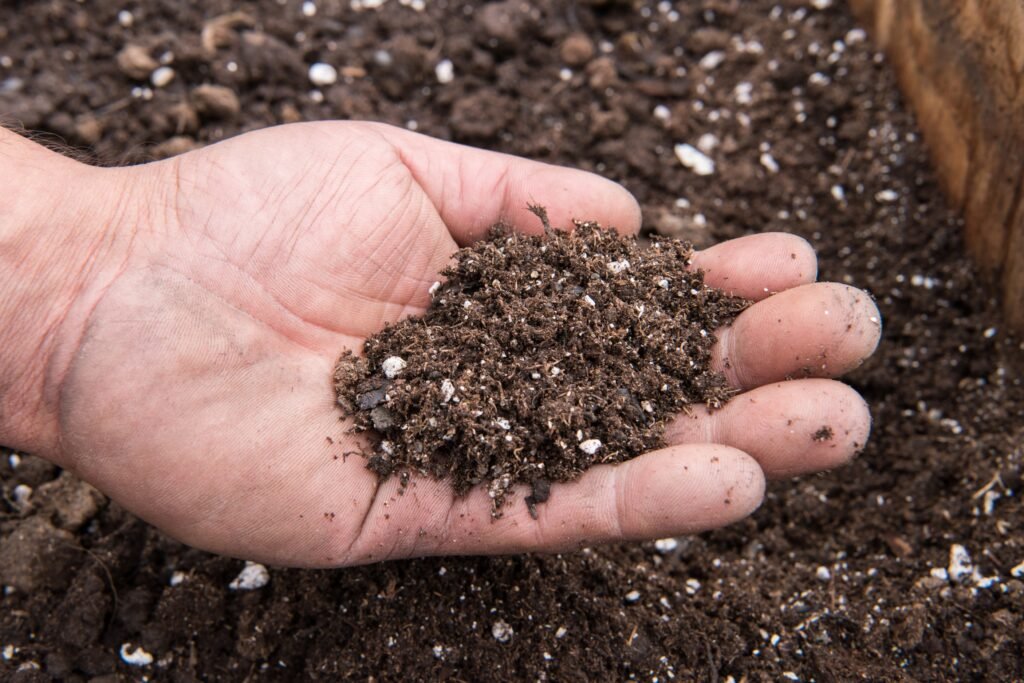
What are the components of soil?
Soil represents a blend of five essential components: minerals, organic matter, living organisms, gases, and water. The minerals within the soil are categorized into three primary size classifications.
- Clay
- Silt
- Sand
The distribution of particles across these distinct size classes is called soil texture.
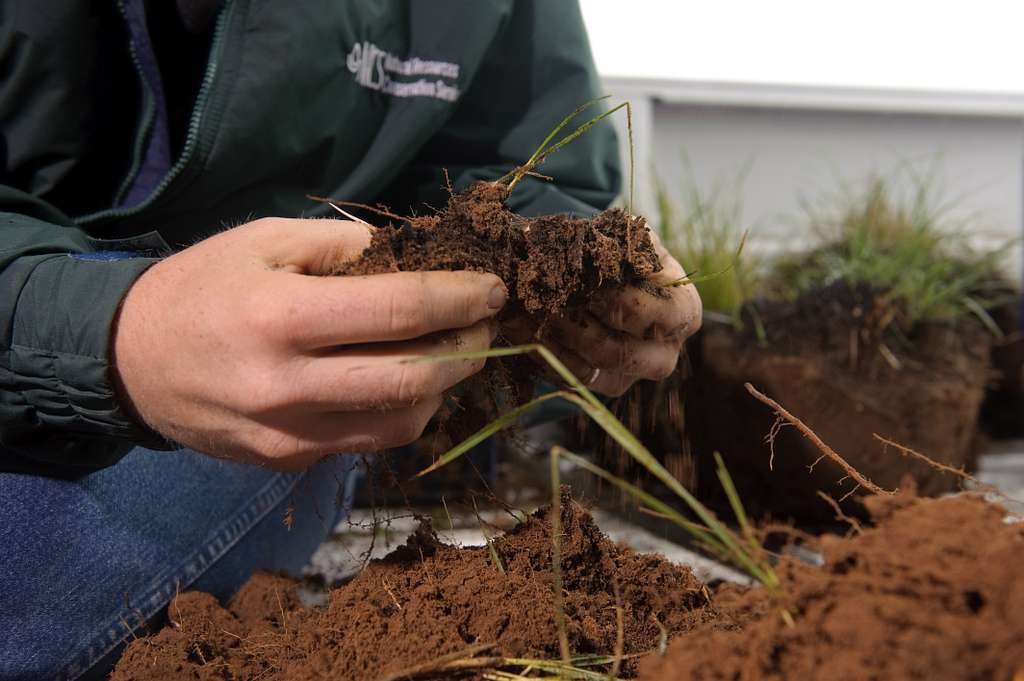
What is soil testing?
Conducting a soil test assesses diverse soil characteristics, including nutrient levels, composition, acidity, pH levels, and more. These tests are tailored to meet the specific needs of various industries.
In gardening, soil testing is pivotal in gauging soil moisture, detecting potential contamination, and optimizing yield. These tests can be conducted in the garden or laboratory settings.
The typical process involves collecting soil samples carefully separated from waste or debris before analysis. Several methodologies are employed for soil testing, encompassing assessments like moisture content, Atterberg limits, specific gravity, dry density, and compaction (Proctor’s test). The choice of method varies based on industry requirements.
Given its inherent significance, soil testing holds profound importance across multiple sectors for outstanding reasons.
When should I get my soil tested?
Experts agree that conducting soil tests should ideally be incorporated into every growing cycle or carried out at a minimum frequency of once per year. This practice is recommended to ensure the finest balance of fertigation and achieve optimal gardening.
Benefits of soil testing

Enhanced Garden Productivity
Soil testing stands as a pivotal factor in boosting garden yield. Comprehending soil nutrient levels empowers gardeners to precisely gauge the requisite quantities of fertilizers and soil enhancements necessary to augment soil health. Consequently, this approach fosters superior plant growth, heightened yields, and increased profitability.

Economical Horticulture
Soil testing extends its financial benefits to farmers through prudent resource management. Costs are curtailed by steering clear of excessive pesticide and soil amendment applications. Over-application risks creating nutrient imbalances detrimental to plants, translating into diminished yields. The precision provided by soil testing, furnishing precise data on soil nutrient levels, empowers farmers to administer the accurate amount of fertilizers and amendments requisite for prime plant growth, thus ensuring resource efficiency and economic savings.
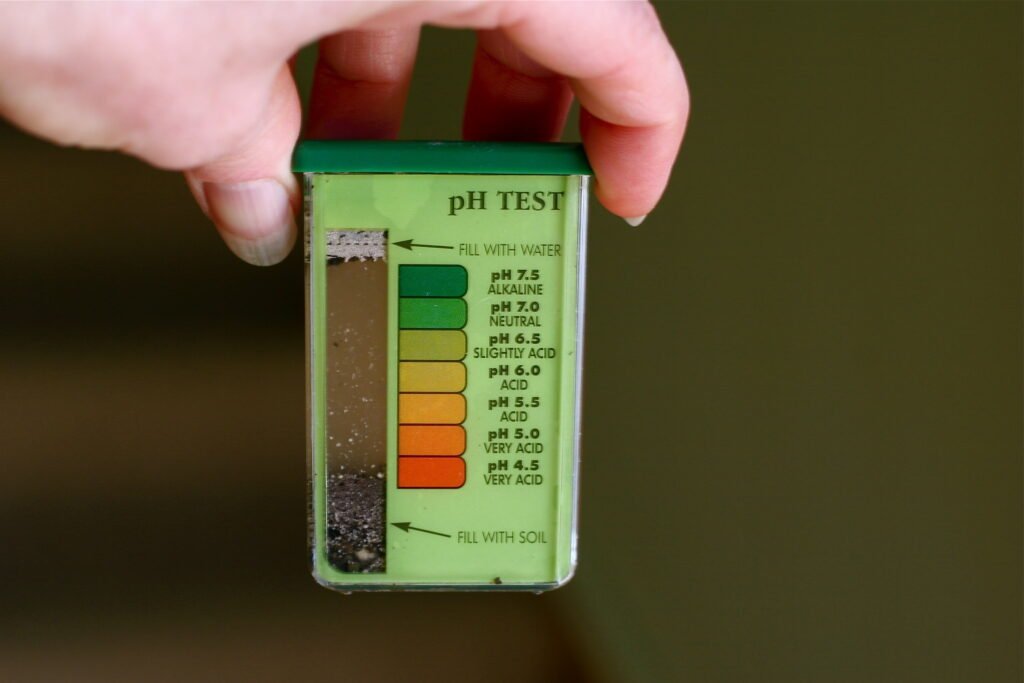
Enhanced Soil Vitality
The practice of soil testing contributes significantly to bolstering soil health by offering insights into critical aspects such as pH levels and nutrient composition. This equips farmers and gardeners to undertake suitable measures for upholding or enhancing soil quality. Flourishing soil vitality is instrumental in nurturing robust plant growth, which is a preventive measure against plant diseases and pest infestations.
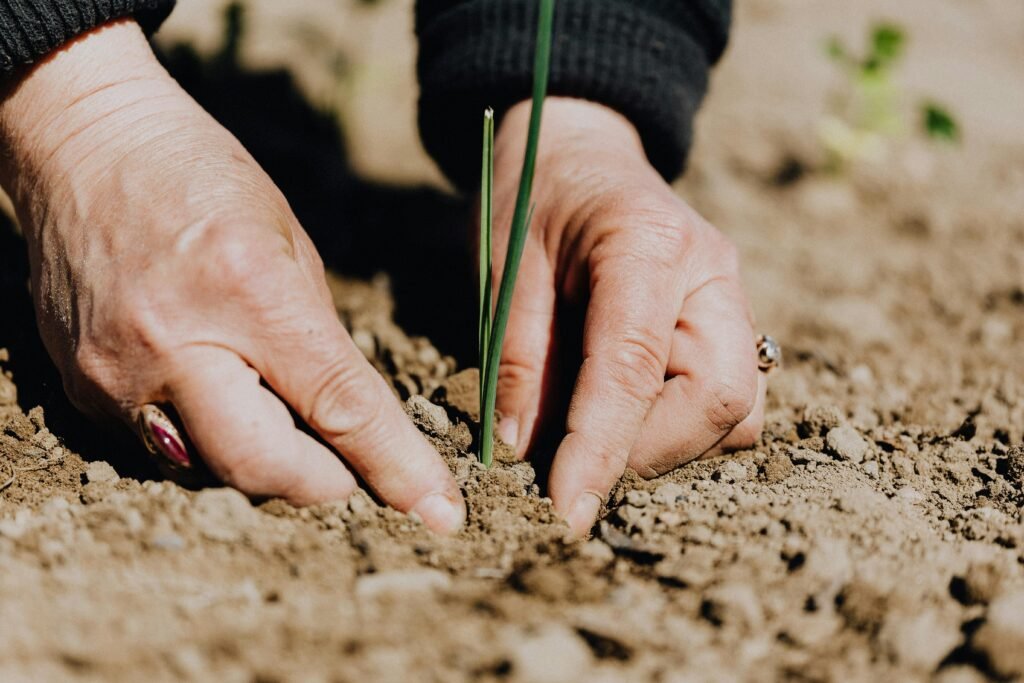
Preservation of the Environment
An essential facet of soil testing lies in its contribution to environmental safeguarding. By assessing soil nutrient content, gardeners sidestep excessive fertilizer application that could trigger nutrient runoff, potentially polluting neighboring water bodies. Moreover, soil testing aids in detecting soil contamination, enabling the implementation of necessary remediation actions to shield the environment from harm.
Enhanced Land Utilization Planning
Soil testing stands as an invaluable resource for informed land use management decisions. By furnishing pertinent insights, soil testing empowers landowners to make astute choices. For example, it can ascertain soil aptness for particular flora, enabling meticulous land planning and administration. Additionally, soil testing can pinpoint deficiencies that might impede the growth of specific crops, guiding gardeners in selecting optimal planting options.
In conclusion, the multifaceted benefits of soil testing resound as a cornerstone in modern agricultural and gardening practices. This meticulous process reverberates across various domains, from bolstering garden yield and fostering cost-effective approaches to nurturing soil health and safeguarding the environment.
By unraveling the intricate composition of soil through comprehensive tests, practitioners gain a profound understanding of its nutrient content, pH levels, and overall quality. Armed with this knowledge, they embark on a journey towards optimizing fertilization and soil amendment practices, transcending the realm of guesswork. The result? Enhanced plant growth, maximized yields, and augmented profits.
However, the far-reaching impact of soil testing extends beyond the economic realm. It is a pivotal tool in promoting eco-conscious cultivation. Its capacity to avert the over-application of pesticides and fertilizers curtails the potential pollution of water sources. Furthermore, by identifying contaminated soils and facilitating appropriate remediation, soil testing takes on the role of an environmental guardian, preserving the delicate balance of our ecosystems.
Moreover, soil testing intertwines seamlessly with effective land use management. It guides landowners in making well-informed decisions, ensuring that every inch of soil is put to its most suitable use. Whether planning vibrant flower beds or strategic crop cultivation, the insights gained from soil testing allow for meticulous and sustainable land planning.
In a world where precision and efficiency are paramount, soil testing is a beacon of informed agricultural practices. It harmonizes productivity, economics, environmental protection, and responsible land management. As we delve deeper into the complexities of soil composition, we unearth the potential to nurture our lands, grow our crops, and safeguard our planet for future generations. Embracing soil testing is not just a pragmatic choice; it’s an investment in a greener, more bountiful future.

